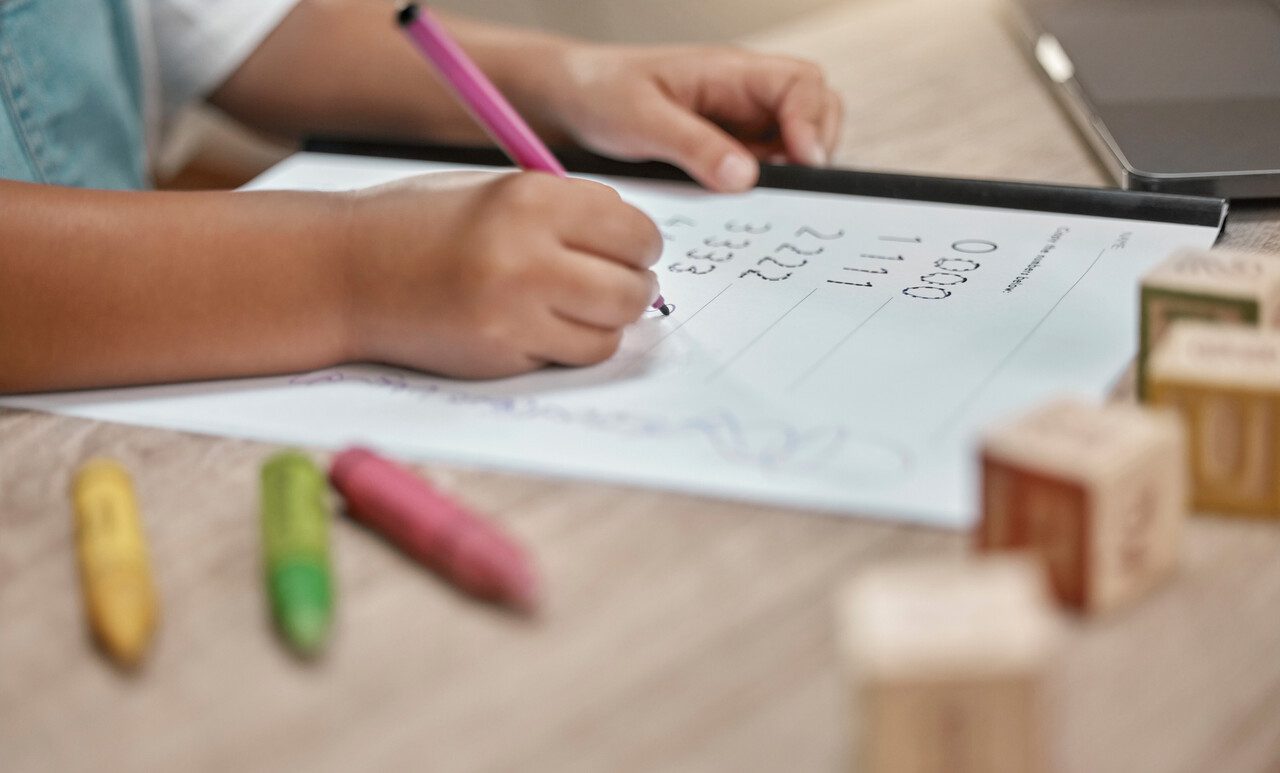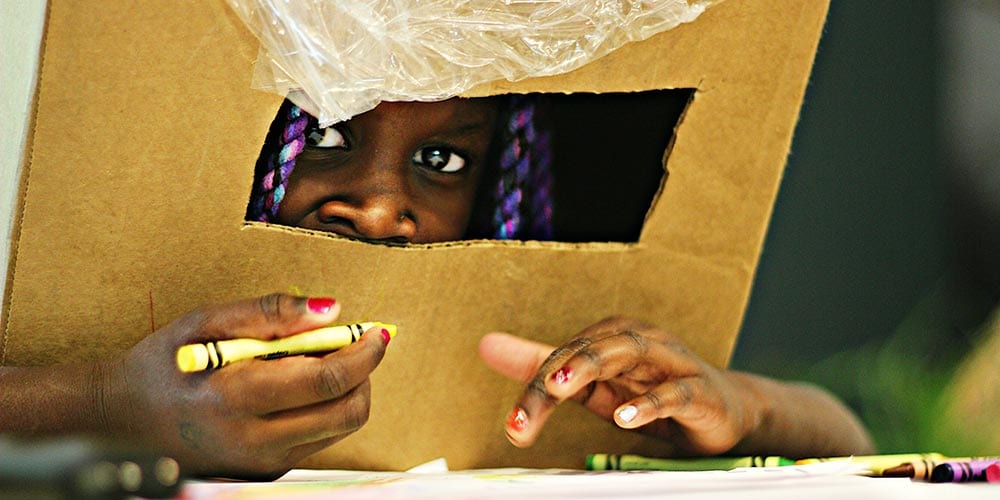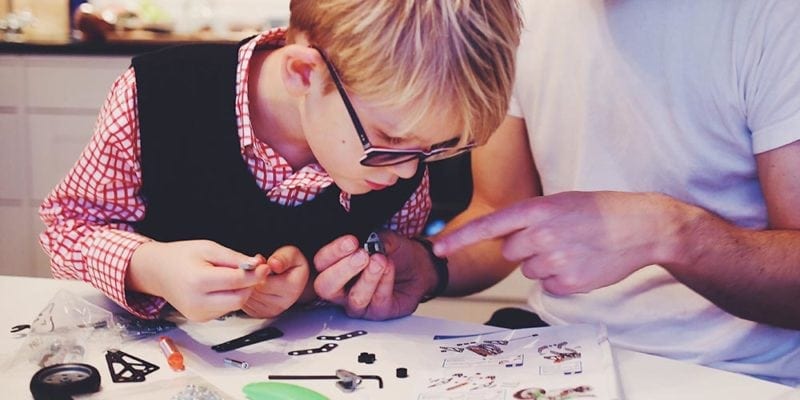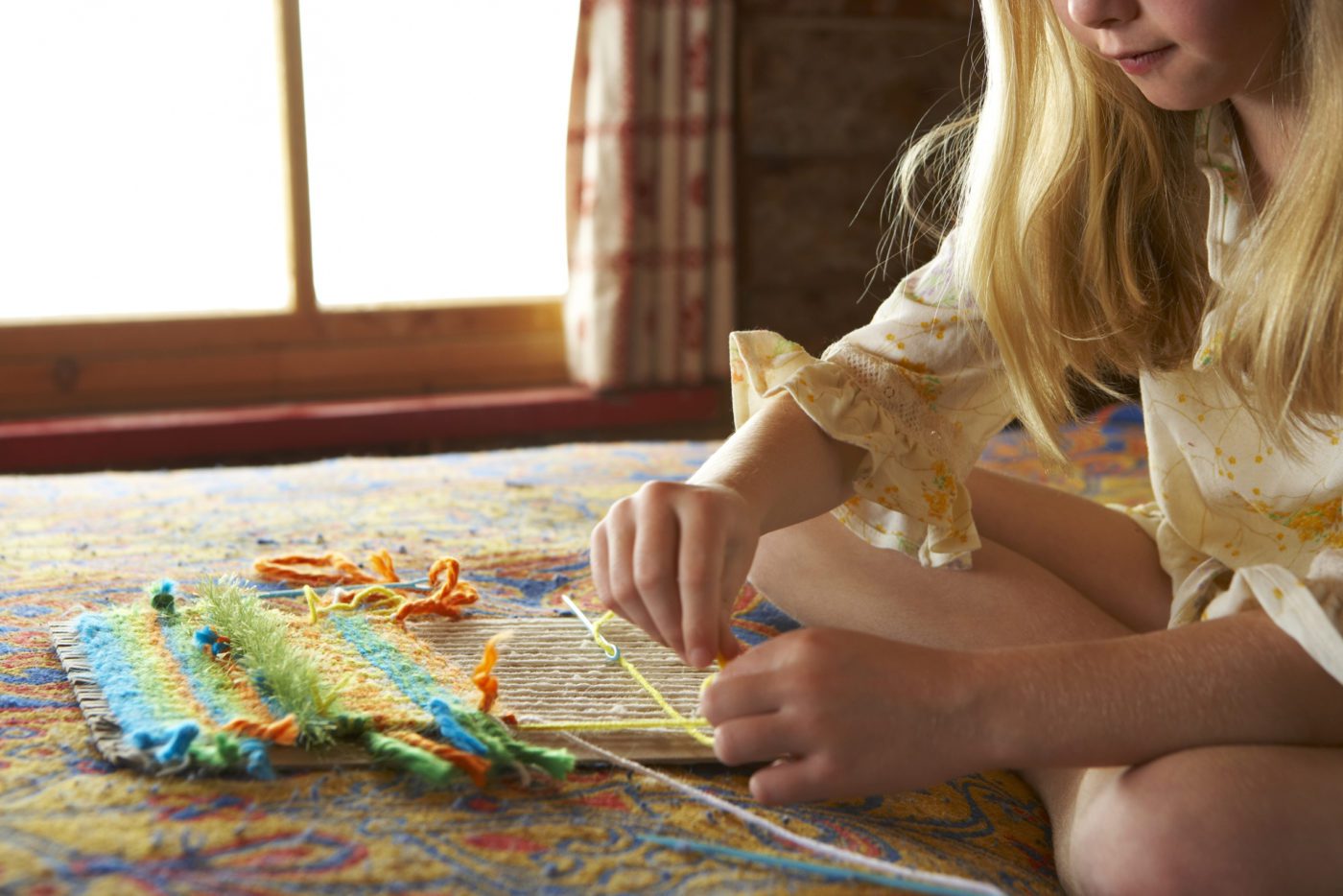If your child seems tired at the end of the day, it probably has a lot to do with how hard his little brain is working. Macaroni or soup? Monkey bars or swings? Kids are making lots of decisions each day and processing more information than ever before, especially if they have entered a classroom setting. This is good! It’s easy to see your child growing up physically but their mental development should be just as important to you and viewed like a set of building blocks. What they learn today will become the foundation for greater knowledge tomorrow.
How can we set them up with the most stable base possible? Kids in kindergarten and first grade should know a few basic shapes and the three primary colors. They probably even know what secondary colors are created when those primaries are combined. They will use four-word sentences and understand the days of the week, months of the year, and that time is measured in hours and minutes. They can figure out size relationships, too, like ordering things from shortest to tallest. These are all important benchmarks for mental growth.
But there is more than just counting and colors going on in a young child’s mind. They are trying to figure out what is appropriate, good or bad, and healthy. Everything is a variable in mental development from food, to sleep, to entertainment. Choose books over screens. Understand that kids can experience anxiety during seasons of major change like a new job, moving, or adding a sibling to the family. Language is still evolving and kids will begin to mimic what they hear. If peers are using “bad words” on the playground, expect to hear them in your kitchen eventually.
Your child’s mental development begins the moment they are born and does not slow down. They soak up everything around them. But don’t freak out. Instead, check out this video from our Child Development Series and get involved today. You will need to know if your kids are on track, a little behind, or ahead of their friends. Encourage them to use their imagination and spend time reading with them. Remember, what they learn today will support what you want them to learn tomorrow.











Huddle up with your kids and ask, “Do you have a favorite color, shape, or number?”